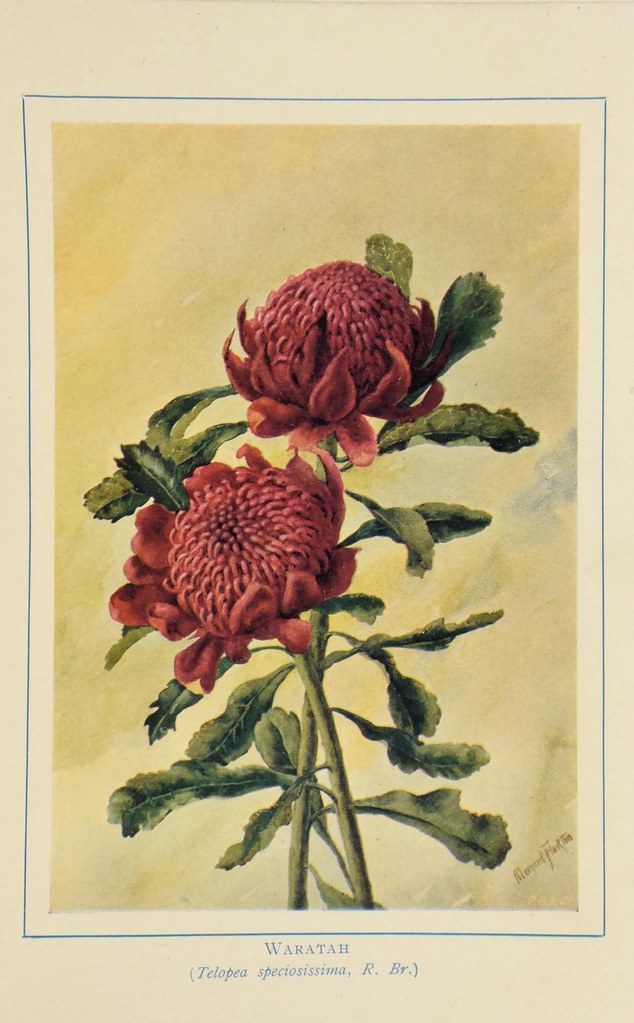#speciosissima
Text
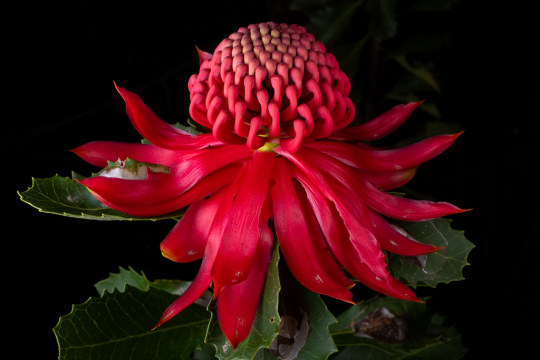
#IFTTT#Flickr#waratah#telopeaspeciosissima#telopea#speciosissima#plantae#tracheophyta#angiospermae#magnoliopsida#proteales#proteaceae#grevilleoideae#embothrieae#embothriinae#sydney#newsouthwales#australia#flower#native#nature#canon#macro#night#flash#jonodashper#jonathondashper#naturephotography#plant
8 notes
·
View notes
Text

2021 / 03 / 05 テロペア・スペキオシッシマ
telopea speciosissima , hokkaido / japan
#テロペア#スペキオシッシマ#花#植物#百合が原公園#北海道#telopea#speciosissima#flower#plants#hokkaido#japan#original photographers#photographers on tumblr
0 notes
Video
n4_w1150 by Biodiversity Heritage Library
Via Flickr:
Australian wild flowers /. Sydney :N.S. W. Bookstall Co.,[1912?]. biodiversitylibrary.org/page/57620201
#Australia#Wild flowers#Harvard University Botany Libraries#bhl:page=57620201#dc:identifier=https://biodiversitylibrary.org/page/57620201#HerNaturalHistory#Margaret Flockton#WomenInScience#flickr#botanical illustration#scientific illustration#waratah#telopea speciosissima#new south Wales waratah#telopea
4 notes
·
View notes
Text
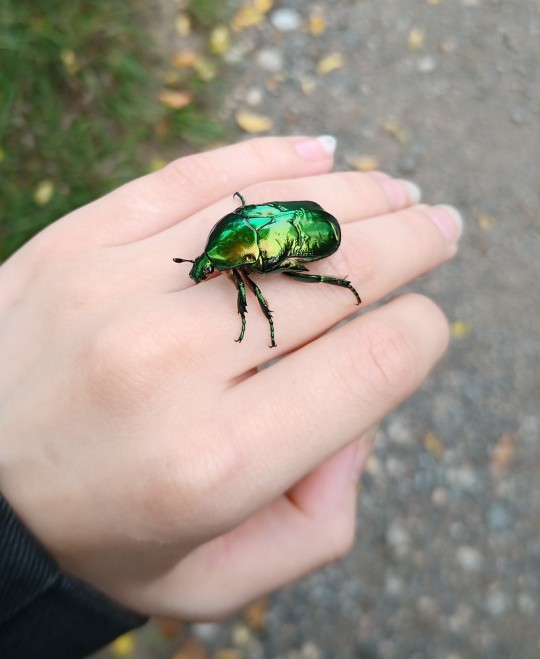


Protaetia speciosissima / zlatohlávek skvostný
- L.F.
121 notes
·
View notes
Text
Carrington Falls and New South Wales Waratah (Telopea speciosissima). #waratah #telopea #floraofaustralia #sydneywildflower #australianwildflowers #蒂罗花 #澳洲野花
15 notes
·
View notes
Photo
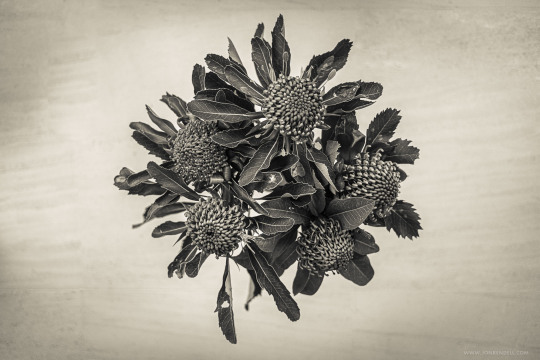
Day 13 — “Thanks Warra, tah!” (Telopea speciosissima)
This title is a line from the comedy sketch ‘Australiana’ by Austen Tayshus (1983). It’s so Australian that if you’re not from here, it’ll make little to no sense at all.
Waratah (Telopea) is an Australian-endemic genus of five species of large shrubs or small trees, native to the southeastern parts of Australia (New South Wales, Victoria, and Tasmania). The best-known species in this genus is Telopea speciosissima, which has bright red flowers and is the New South Wales (NSW) state emblem. The waratah is a member of the family Proteaceae.
Indigenous Tharawal peoples from around the Cronulla region of southern Sydney use the waratah medicinally. Placing the flowers into a bowl of water, so that the nectar can be soaked out, the flower water is then drunk for pleasure, for its strengthening effect and for curing illnesses in children and elderly.
Telopea speciosissima is the floral emblem of the state of New South Wales.
1 note
·
View note
Photo
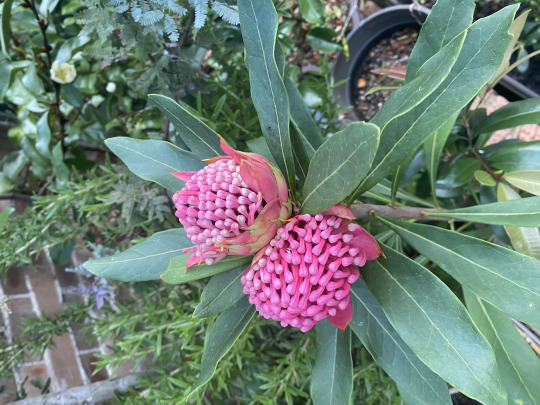
Two Waratah (Telopea speciosissima in Proteaceae) flowers coming together (unusual in my experience)
0 notes
Photo

BEACON IN THE NIGHT
WARATAH (Telopea speciosissima)
This waratah shone like a beacon while I was on a night hike through a Blue Mountains gully last spring. I liked the way the flower head appeared to be erupting out of the inky darkness. As survivors, waratahs draw resources from exceptionally poor soils to produce these spectacular displays.
Bedford Creek, Blue Mountains, New South Wales
Image credit: Matthew Stephens, New South Wales
AG Nature Photographer of the Year 2020: Botanical shortlist
#matthew stephens#photographer#australian geographic#ag nature photographer of the year 2020: botanical shortlist#waratah#telopea speciosissima#flower photography#bedford creek#blue mountains#new south wales#australia#nature
7 notes
·
View notes
Photo
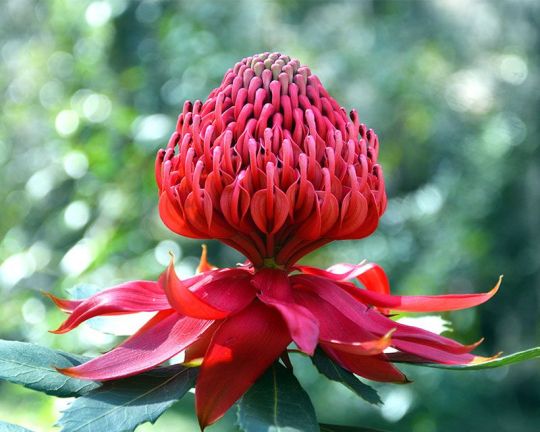
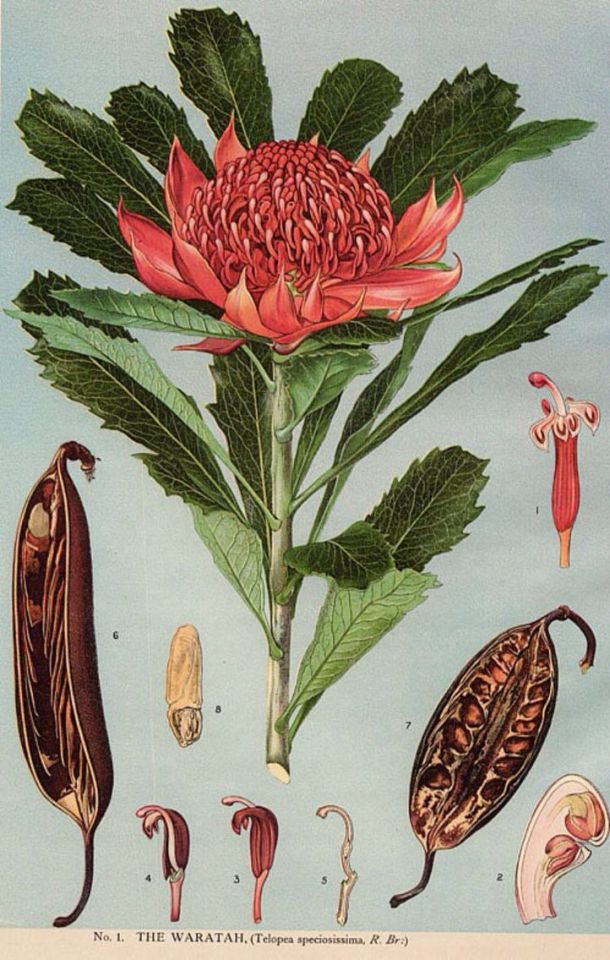





Waratah (Telopea) is an Australian-endemic genus of five species of large shrubs or small trees, native to the southeastern parts of Australia (New South Wales, Victoria and Tasmania). The most well-known species in this genus is Telopea Speciosissima, which has bright red flowers and is the NSW state emblem. The Waratah is a member of the plant family Proteaceae, a family of flowering plants distributed in the Southern Hemisphere. The key diagnostic feature of Proteaceae is the inflorescence, which is often very large, brightly coloured and showy, consisting of many small flowers densely packed into a compact head or spike. Species of waratah boast such inflorescences ranging from 6–15 cm in diameter with a basal ring of coloured bracts. The leaves are spirally arranged, 10–20 cm long and 2–3 cm broad with entire or serrated margins. The name waratah comes from the Eora Aboriginal people, the original inhabitants of the Sydney area.
9 notes
·
View notes
Photo

Great shot of a NSW Waratah flower ( Telopea speciosissima) taken at Jenolan Caves in Sydney’s Blue Mountains
#ahstitt.com#wild flowers#waratah#telopea speciosissima#jenolan caves#jenolancaves#jenolan#Sydney#blue mountains#NSW#australia
3 notes
·
View notes
Text

#IFTTT#Flickr#waratah#telopeaspeciosissima#telopea#speciosissima#sydney#newsouthwales#australia#plantae#tracheophyta#angiospermae#magnoliopsida#proteales#proteaceae#grevilleoideae#embothrieae#embothriinae#new#south#wales#flower#native#nature#canon#macro#night#flash#jono#dashper
3 notes
·
View notes
Photo

PERHAPS one of the most spectacular of all Australian native flowering plants is the floral emblem of New South Wales, telopea speciosissima.
The Aboriginal name for Telopea is waratah, and it is by this name that it is most commonly known. The leaves are large and leathery, and may have irregular serrations on the edges. The new growth on the dark flowering forms often has some dark tones.
Some beautiful hybrid forms of the telopea have been developed in recent years. The Shady Lady series is a cross between Telopea speciosissima x T. oreades. These plants only grow to about 3m tall by 1.5m wide, so there's room for one even in a small garden.
0 notes
Photo
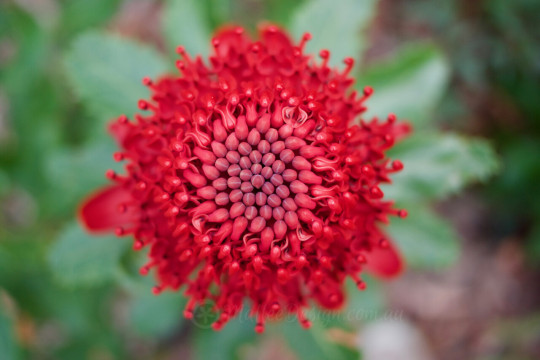
New Post has been published on http://malleedesign.com.au/after-a-fire/
After a Fire ...
This week I made my first trip down the south coast since the devastating bushfires earlier this year. The amount of wildlife really lost is incomprehensible when zooming down the highway cocooned in a modern bubble of distraction. The landscape is eerie, even as the trees begin to sprout new growth the middle layer of the bush is missing, how long will it take for the biodiversity to return? if indeed it can …
I went to two landscapes affected by the fire which were beginning the process of healing themselves. The first was the Ulladulla Wildflower Reserve, a beautifully cared for pocket of bushland under the canopy of Syncarpia glomulifera, Eucalyptus robusta and Eucalyptus sieberi. The sign above says it all 💚
The bush was burnt but the birdlife was there, trees had started to grow back and the Waratahs had honestly benefitted from the burn.
What an incredible species, viewing them like this amidst the charcoal sticks I had a new respect for our floral emblem.
For although we see it everywhere in logos and on emblems it really isn’t that common to see them in the bush all ablaze. The bushfire did this, belonging to the Proteaceae family the Telopea thrives after a burn, much like our Banksias.
The colour combination of red, green and black in this tract of bush was so vibrant, they really are a symbol of hope and renewal.
Just down the road the Eurobodalla Regional Botanic Garden was badly hit by the bushfires. I have visited these gardens several times and I was not prepared for how badly these beautiful gardens have fared, it was heart breaking.
However, what native plant loves nothing more than a good burn? Yep, you guessed it Xanthorhoeas!
Look at these beauties, I think they are Xanthorrhoea glauca, every one I saw was throwing a flower spike and most of them were the only remaining species that made it in their garden beds.
And the other plant which benefitted from the fires? Macrozamia communis, this is after all land of the spotted gum with an understory of cycads, but never before have I seen so many seed pods.
Every Macrozamia I saw had at least 3 of these ginormous cones, after being triggered by the fire.
So there you have it, life after fire some plants are thriving, if only it was so easy for the lost fauna…
#bush fire#Eucalyptus robusta#Eucalyptus sieberi#Eurobodalla Regional Botanic Garden#Macrozamia communis#Proteaceae#Red flowers#Syncarpia glomulifera#Telopea speciosissima#Ulladulla wildflower reserve#Xanthorrhoea glauca#Xanthorrhoea johnsonii
0 notes
Photo




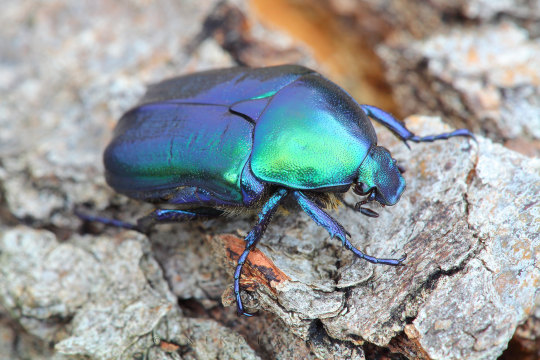



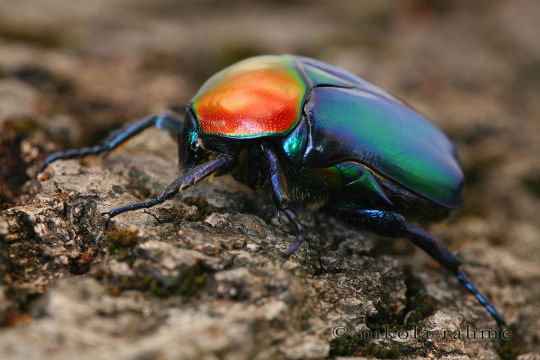
Jewel rose chafers, Cetoniinae, Scarabaeidae
1-3. Protaetia speciosissima
4-5. Protaetia angustata
6-7. Protaetia affinis
8-9. Protaetia speciosa jousselini
Photos by Nikola Rahmé - Shared with permission; do not remove credit or re-post!
#animals#curators on tumblr#insects#bugs#beetle#scarab beetle#scarab#rose chafer#chafer#jewel chafer#jewel rose chafer#Protaetia#one nice bug
2K notes
·
View notes
Photo
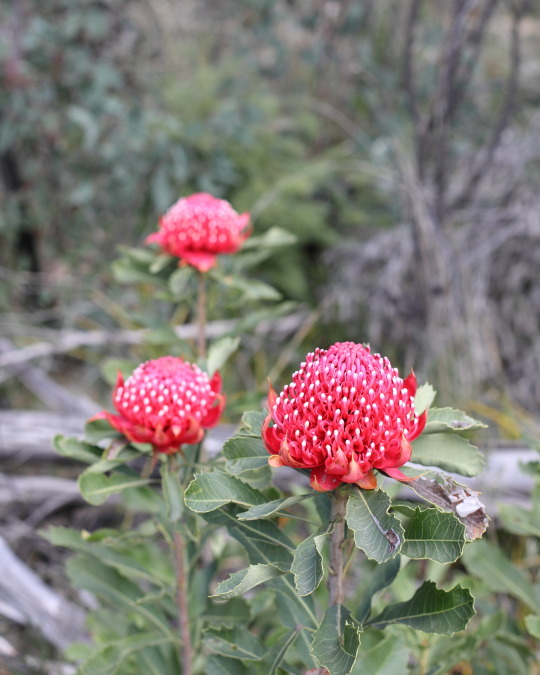




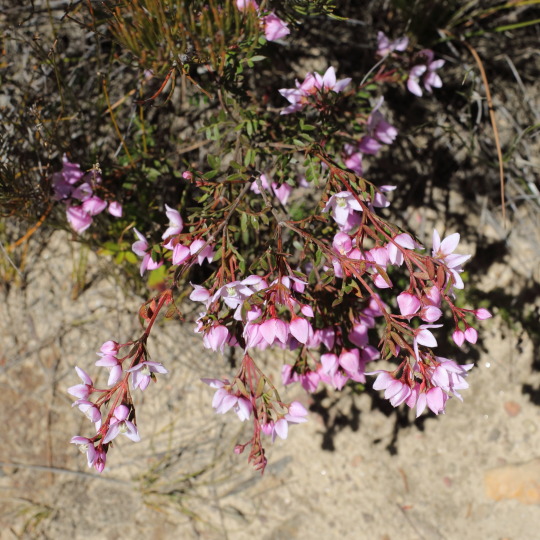
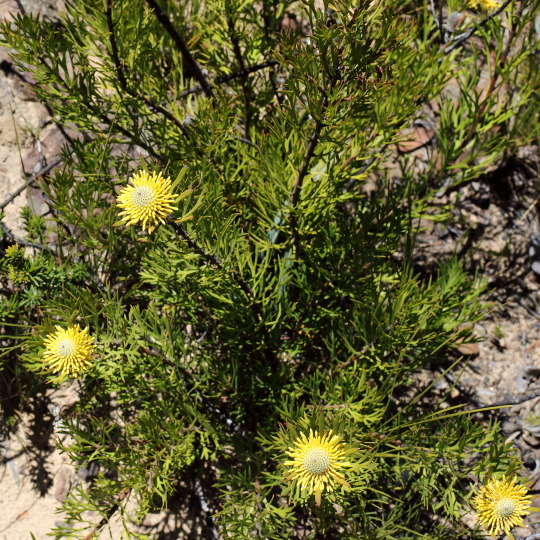

2021: The Waratah (Telopea speciosissima) is the New South Wales state flower. These ones are from the Grose Valley side of the Blue Mountains. It is illegal to pick them in the wild; in fact NSW National Parks have been actively spraying them with blue dye is some areas to prevent theft.
102 notes
·
View notes
Text
Went to bush walk today and saw my first Waratah (Telopea speciosissima) of this year.
#floraofaustralia #proteaceae #waratah #Telopea #蒂罗花 #山龙眼科 #sydneywildflower
15 notes
·
View notes
